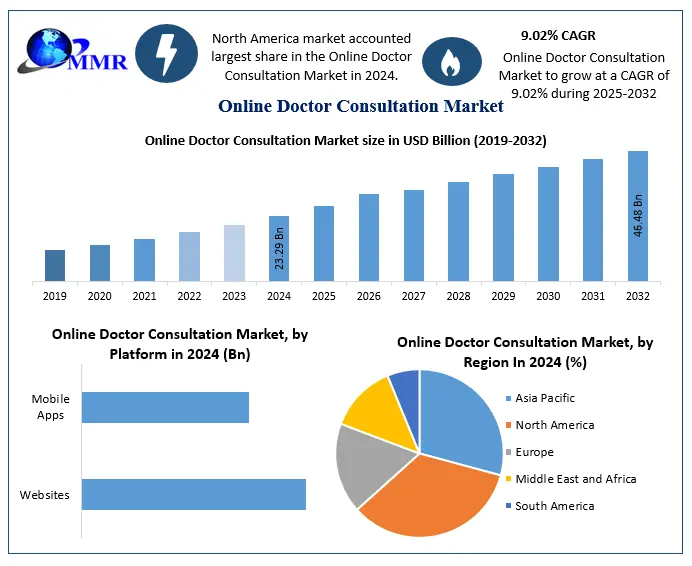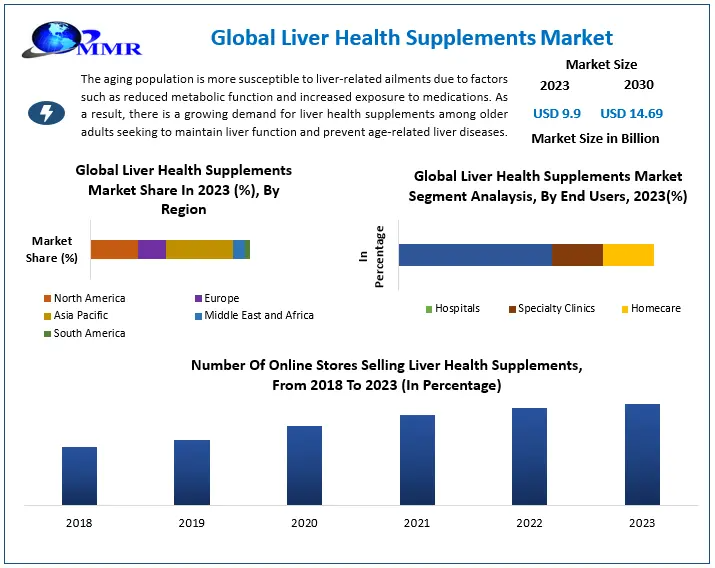Laboratory Freezers Market Soars to USD 5 Bn in 2023, Projected to Hit USD 7.27 Bn by 2030 Driven by Vaccine Storage and Biotech Innovations
The Laboratory Freezers Market, valued at USD 5 billion in 2023, is forecast to grow at a compound annual growth rate (CAGR) of 5.5% between 2024 and 2030, reaching approximately USD 7.27 billion . This upward trajectory is fueled by multiple factors, including the surge in demand for vaccine storage—especially COVID-19—and rapid technological advancements in biomedical and plasma freezer systems.
Market Growth Drivers & Opportunities
The laboratory freezers market is experiencing strong momentum propelled by:
-
Escalating Vaccine Preservation Needs: The COVID-19 pandemic underscored the critical role of specialized freezers capable of sustaining ultra-low temperatures required by vaccines, catalyzing widespread adoption across healthcare facilities and research labs.
-
Biopharmaceutical Boom: A burgeoning landscape of biologics, cell therapies, and personalized medicines necessitates cutting-edge storage systems with ultra-precise temperature controls.
-
Rising Cancer Therapies and Transfusion Rates: Blood component demand for transfusion and oncology treatments drives increased utilization by blood banks and hospitals .
-
Innovative Technology Deployment: Key players are introducing energy-efficient models with advanced insulation, cascade cooling, auto-defrost systems, and even remote monitoring capabilities.
-
Developing Market Expansion: Growth in healthcare infrastructure in emerging economies, particularly in the Asia-Pacific region led by India and China, offers untapped opportunity .
Future opportunities lie in:
-
Green, Energy-Efficient Freezers: Demand for sustainability-backed models with eco-refrigerants and lower operating expenditure.
-
Smart Cold-Chain Integration: Remote diagnostics, IoT-enabled temperature logging, and automated alarm systems present a lucrative avenue.
-
Retrofit and Reconditioned Markets: Affordable solutions for budget-constrained academic and public health labs.
Segmentation Analysis
The report categorizes the laboratory freezers market by Type and End-User as follows:
-
By Type:
Handling diverse biological materials requires specialized equipment. Plasma freezers—optimized for freezing blood components—hold significant share. Enzyme freezers support biochemical reagent preservation, while flammable material freezers are engineered with explosion-mitigation features. Other specialized units include ultra-low temperature freezers for viruses and cryogenic applications. -
By End-User:
Blood banks demand reliable plasma and blood storage. Medical laboratories—from diagnostic to clinical research facilities—utilize a broad spectrum of freezer types. Pharmaceutical and biotechnology firms require cutting-edge freezers to maintain the integrity of experimental biologics. Other notable users include academic institutions, tissue banks, and public health agencies.
Curious to peek inside? Grab your sample copy of this report now:https://www.maximizemarketresearch.com/request-sample/26491/
Country-Level Analysis
United States
Holding North America’s largest share (>55%), the U.S. dominates due to stringent regulations, high healthcare expenditure (~22.1% of GDP), and advanced R&D investments. The frequency of chronic disease diagnostics, cancer therapies, and blood transfusions significantly lifts freezer demand .
Germany
Germany plays a pivotal role within Europe’s healthcare ecosystem. Robust biotech investments, aging demographics, and proactive vaccination campaigns have propelled demand. German manufacturers and hospitals are increasingly adopting specialized plasma and enzyme freezers.
China
China represents the fastest-growing segment in Asia-Pacific, reflecting its booming healthcare infrastructure investment, medical tourism growth, and expanding biotech research landscape. National initiatives to enhance blood safety and vaccine self-sufficiency also contribute to uptake.
India
India’s healthcare market is rapidly expanding, supported by governmental immunization programs, investments in rural health initiatives, and a rising private-sector clinical laboratory network. Consequently, India demonstrates above-average forecast growth in freezer installations .
Brazil
In Latin America, Brazil emerges as a key market due to extensive public vaccination drives, enhanced blood donation systems, and an expanding diagnostics industry. Infrastructure upgrades in urban hospital networks have elevated demand.
Japan
Advanced biotech facilities and steady demand from research institutions anchor Japan as a vital market. Domestic regulations governing biological storage quality reinforce adoption of high-specification freezer technology.
Competitor Analysis
Key players highlighted in the MR report include Thermo Fisher Scientific, Eppendorf AG, Panasonic Biomedical, Philipp Kirsch GmbH, and BioLife Solutions:
-
Thermo Fisher Scientific
A market leader introducing ultra-low temperature and plasma freezer platforms with integrated remote monitoring systems and green refrigerants. Recent launches include upgraded vaccine storage units with enhanced insulation and energy optimization. -
Eppendorf AG
German pioneer specializing in ultra-low and enzyme freezer systems. Expanded product lines now include models with automatic defrost features and touch-screen interfaces to support lab digitization. -
Panasonic Biomedical (PHC Corporation)
Offers a full suite of biomedical refrigeration equipment. Recent developments feature solar-compatible models and CFC-free refrigerants. Strategic expansion of after-sales service in China and India enhances market reach. -
Philipp Kirsch GmbH
European firm with niche expertise in plasma and flammable material freezers. Latest models include dual cascade cooling for enhanced temperature stability and fail-safe doors. -
BioLife Solutions
U.S.-based player focused on plasma and cryopreservation technology. Launched new High-Capacity Controlled Rate Freezers in April 2022, reducing energy consumption and improving sample integrity .
Top 5 market share holders:
-
Thermo Fisher Scientific, Eppendorf AG, Panasonic Biomedical, Philipp Kirsch GmbH, and BioLife Solutions drive leadership in North America, Europe, and Asia.
-
Recent strategic moves include Thermo Fisher’s new eco-line for vaccines, Panasonic introducing IoT-enabled remote monitoring, Eppendorf’s touchscreen upgrade rollout, Kirsch’s expansion in Eastern Europe, and BioLife’s capacity boost for controlled-rate freezers.
Conclusion
As the laboratory freezers market accelerates—propelled by vaccine-driven demand, biotech innovation, and global healthcare development—it demonstrates both resilience and adaptability. Regional expansions in emerging markets and sustainable, smart technologies position the industry for robust, long-term growth. Leading players’ innovations and competitive strategies promise continued enhancement in sample safety, energy efficiency, and regulatory compliance. With the market projected to reach USD 7.27 billion by 2030, stakeholders have a prime opportunity to capitalize on next-generation cold-storage solutions that support global health resilience.



